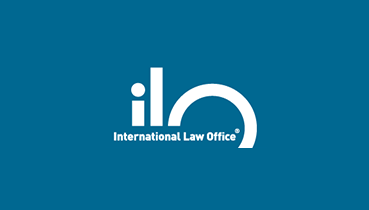Court rules on timeliness of submissions by fax or email
Author: Klaus Oblin
The Supreme Court recently handed down two decisions dealing with the timeliness of submissions made by fax or email.
In a recent decision(1) the court ruled that a submission of a brief by fax outside office hours is considered to be made in due time if it is received before midnight on the last day of the deadline. The document is automatically marked as received on its arrival at the court’s fax receiver. However, the sender bears the risk of the document being received after midnight (or not arriving at all), even if it is sent on time if, for example, the court’s receiver is busy or out of order.
In another decision(2) the court ruled that emails do not qualify for sending by electronic court traffic (an electronic communication system connecting courts and law offices). However, this does not make submissions made by email irrelevant. Instead, the court ruled that they should be dealt with in the same way as fax submissions. Therefore, in order to decide whether the submission has been made in time, the time of receipt must be determined. An email is considered to be received in time if it arrives at the court server, and thus reaches the court’s electronic sphere of discretion, before the deadline. This occurs once the email is available for viewing in the receiver’s email inbox, even if this is outside office hours. A sending confirmation message alone is not sufficient proof of receipt by the court, as such message does not imply receipt.
In conclusion, the sender will always bear the risk if the fax or email does not arrive, even if the reason for late receipt lies with the court. Emergency submissions (eg, where a fax does not go through and electronic court traffic is unavailable) should be filed by email in the assumption that there will be no server problems.
Endnotes
(1) OGH 2 Ob 133/10p.
(2) OGH 10 Ob 28/11g.


